Siemens Heating, Cooling & Ventilation (HVAC)

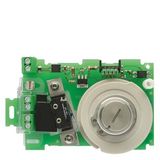
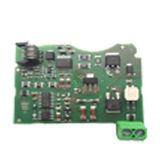

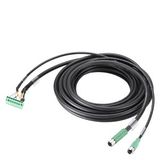
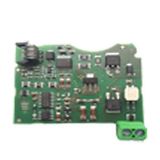
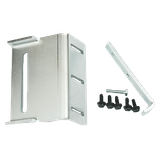





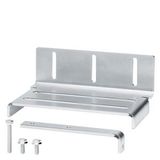
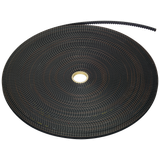
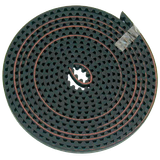
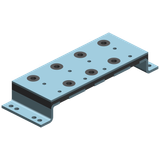

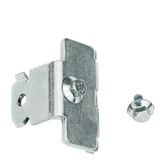

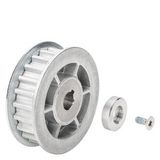

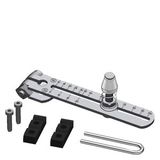
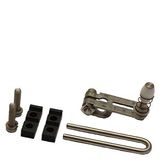
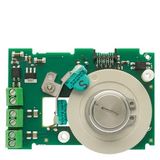



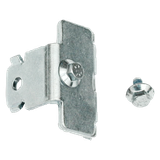
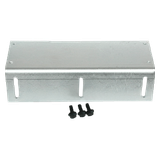

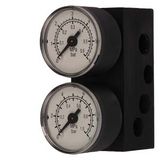

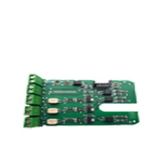

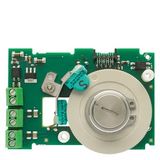

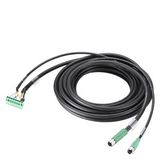

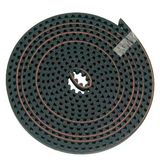
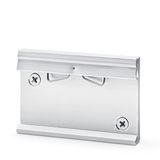
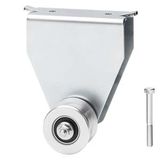
siemens ventilator control Application scope and brand context
Air handlers, roof fans, and tunnel extractors need predictable torque at low noise and stable feedback into BMS. Siemens solutions pair line-fed starters or VFDs with robust protection so fans start cleanly, ride through brownouts, and report status the moment operators need it. Typical motors are 3-phase 400/480 V, IE2–IE4, with currents from a few amps into the hundreds; control loops use 0–10 V or 4–20 mA from pressure or CO₂ sensors, while BACnet/IP or Modbus TCP hand telemetry to the plant network. Enclosures reach IP54–IP66 for plant rooms and rooftops; EMC filters and RFI gaskets keep conducted and radiated emissions under limits in mixed switchboards.
siemens pump control Product range and topologies
Clean water, glycol, and process skids run best on constant-pressure or constant-flow logic. Single pumps land on DOL or soft-starter feeders; duty/assist/standby sets use auto changeover with anti-jam routines and staged ramps to protect pipework. With VFDs, PID closes the loop from differential pressure transducers; sleep/wake thresholds and catch-on-the-fly keep efficiency high at night loads. For large frames, dv/dt or sine filters hold motor insulation stress down and prevent bearing currents. Terminal windows cover roughly 1.5…70 mm² on compact starters and up to 240 mm² on main incomers; short-time withstand and I²t data allow clean discrimination upstream.
Other Siemens products:
siemens hvac motor control Technical specifications and standards
Assemblies follow IEC/EN 61439 in boards and IEC/EN 60947-4-1 for motor starters; breakers reference IEC/EN 60947-2. Utilization categories AC-3/AC-53a apply by device, with trip classes (10/20/30) chosen to match fan inertia. Drives specify overload capability (typically 110–150 % for 60 s), THDi when using 6-pulse bridges, and optional AFE for harmonic-sensitive sites. Control I/O is SELV; isolation, creepage, and dielectric tests match the enclosure class. Ambient −10…+50 °C is common in HVAC panels; derating and altitude curves are published so MCC spacing and forced ventilation can be set early.
siemens gate operator control Applications and safety practice
Industrial doors, barriers, and sluice gates demand interlocked motion and clear status. Use torque-limited starters or vector drives with speed ramps to avoid shock on gearboxes. Safety edges, photocells, and e-stops wire to dual-channel inputs; monitored contact chains satisfy EN 12453 for power-operated gates. Position is read via limit switches or encoders; safe-torque-off on the drive supports lock-out without pulling fuses. Outdoor housings target IP65 with heater kits to stop condensation. Where spec sheets call for siemens control accessories for gates, include limit assemblies, keyed selectors, beacon/sounder stacks, and padlockable isolators in the same tag so field crews arrive once.
Siemens integration with drives, PLCs, and power quality
Contactors and MPCBs form compact starters that clip to busbar systems; SINAMICS drives accept pressure/level signals directly and expose setpoints to SCADA. For pumping stations, write setpoint handover and swap logic into the PLC; siemens automation for pumps typically bundles duty rotation, lead/lag timers, and low-NPSH protection. PROFINET with MRP ring heals in <200 ms; VLANs keep plant networks clean. Upstream, coordinate SPDs and RCD selectivity; add line reactors or passive filters where THDi targets ≤35 % are enforced by the utility.
Siemens selection criteria for B2B buyers
- Define duty and curve: fan static/total pressure or pump head/flow, then size motor kW and FLA at actual voltage.
- Choose starting method: DOL for small fans, soft-start for weak grids, VFD when you need control range or energy savings.
- Fix protection: pick breaker Icu/Ics to the board Ik study; set thermal mid-scale on FLA and confirm trip class vs inertia.
- Environment drives mechanics: enclosure IP, ambient, and altitude; plan depth for door shafts and cable bend radius.
- Controls and BMS: 0–10 V or 4–20 mA, relay vs digital, BACnet/Modbus/PROFINET; reserve I/O for alarms.
- Power quality: specify reactors/filters, EMC class, and inrush diversity on common feeders.
For roof plants and car parks, reference siemens industrial ventilation systems when the schedule includes packaged fan sets with integrated starters and sensors.
Applications and compatibility
Fans: use closed-loop PID on static pressure; minimum speed limits protect bearings and keep coils above condensation. Pumps: implement dry-run via power or pressure inflection; soft fill prevents water hammer on long mains. Gates: interlock drive enable with brake coil release and position inputs; add manual release procedures for outages. Documentation should include wiring classes, ferrule sizes, and torque tables so QA signs off without rework.
Advantages of working with Bankoflamps
We align motor frames, trip classes, drive sizes, filters, and I/O with your P&IDs and single-lines, then display live EU stock before night shifts and shutdowns are booked. Quotations typically arrive in about an hour with EAN/MPN, Icu/Ics, overload headroom, IP/EMC class, accessory kits, and cable window data, so selections don’t drift mid-phase. Your portal shows lead times, consolidated shipment status, and downloadable price lists with validity dates; approved clients can use post-payment up to 30 days. We build pick lists per AHU, pump skid, or gate cell to cut freight and site sorting, and your account manager checks harmonic limits, RCD policy, enclosure depth, shaft length, field device count, and BMS protocol against the drawings—so crates arrive panel-ready and crews commission once.